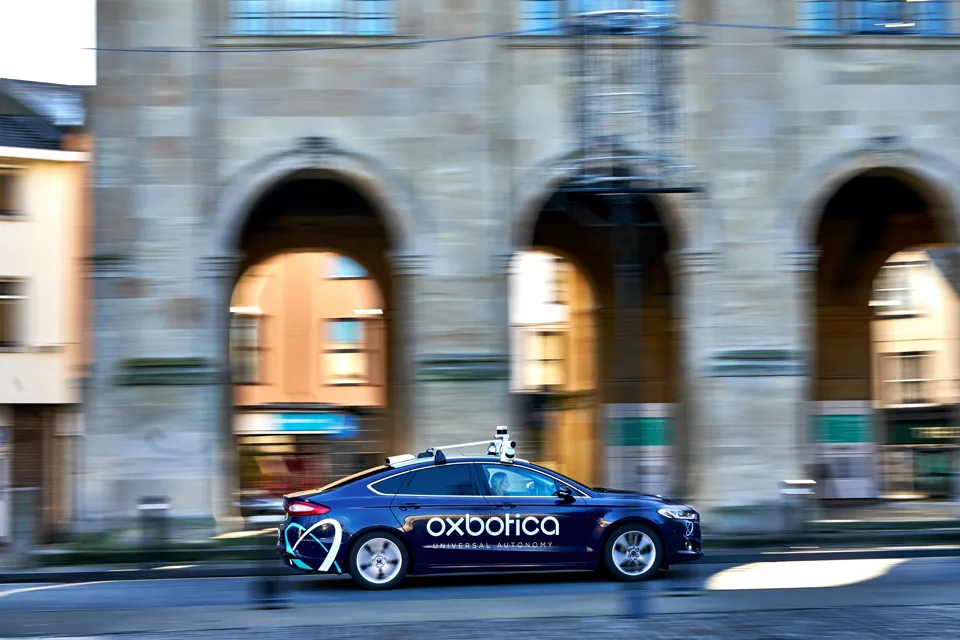Key challenges fleet operators will face rolling out autonomous vehicles (AVs) in UK towns and cities have been identified in a new report.
Published today (Monday, March 15) by Oxbotica, Imperial College London and Transport for London (TfL), The Shift Autonomous Vehicle Deployment Report, includes the creation of advanced traffic modelling to predict the demand and impact of autonomy on congestion, emissions, public transport and ride-sharing services.
Key challenges identified included, coping with vehicle downtime, charging infrastructure, interaction with existing public transport, the optimal fleet size and reducing vehicle mileage by anticipating future demand.
Three urban use cases have been modelled in the report, including a central city example, an inner-city deployment and an outer city scenario.
For each case study, the variations in ride-sharing probability and fleet size have been modelled to enable fleet operators to make accurate decisions during deployment planning depending on their requirements.
Deploying the correct fleet size that matches demand will allow operators to reduce customer waiting time, optimise routing of vehicles to create less traffic and reduce emissions, it says.
The AV deployment report has also created the basis for fleet health monitoring to improve safety.
The creation of a dashboard of metrics is necessary to allow fleet operators to keep vehicles in top condition by tracking trends to predict any issues before they develop into a safety issue.
Similarly, a data infrastructure has been produced as part of Shift to standardise Oxbotica’s collecting, recording and downloading of vehicle logs.
Dr Graeme Smith, senior VP of external affairs at Oxbotica, said: “Autonomy, whether we’re talking purely in terms of transportation or any of its various other use cases, is set to transform the world we live in.
“The knowledge gap has previously been how autonomous vehicles impact the area where they are deployed, but with Shift we have been able to begin to understand the nuts and bolts of real-world deployment.
“The outputs of Shift will enable any third party – from OEMs through to owners and operators – to deploy autonomous services in an urban environment in a way that suits their business model. This is the key to unlocking the true potential of autonomy.”
Already, outcomes from the Shift report are being used as part of Project Endeavour - a project designed to accelerate and scale the adoption of AV services across the UK through advanced simulations alongside trials on public roads across three major cities.
The build order and data infrastructure developed through Shift has been deployed by Oxbotica on a fleet of six vehicles which began autonomously completing a nine-mile round trip from Oxford Parkway station to Oxford’s main train station last year.
Dr Panagiotis Angeloudis, reader in transport systems and logistics at Imperial College London, said: “Through the Shift project we had an opportunity to study their potential impacts on the rest of the transport network in an unprecedented level of detail.
“Through the tools that were developed, stakeholders can now plan better for the deployment of autonomous vehicle technologies and be better prepared for the future.”
Michael Hurwitz, director of innovation at TfL, believes that being part of modelling projects like Shift can help operators’ understanding of how the technology, and the frameworks and environment that surround it, need to develop going forwards.
“This is key to ensuring that any application in the future, be it in London or elsewhere in the UK, is safe, inclusive and works for all,” he said.


















Login to comment
Comments
No comments have been made yet.